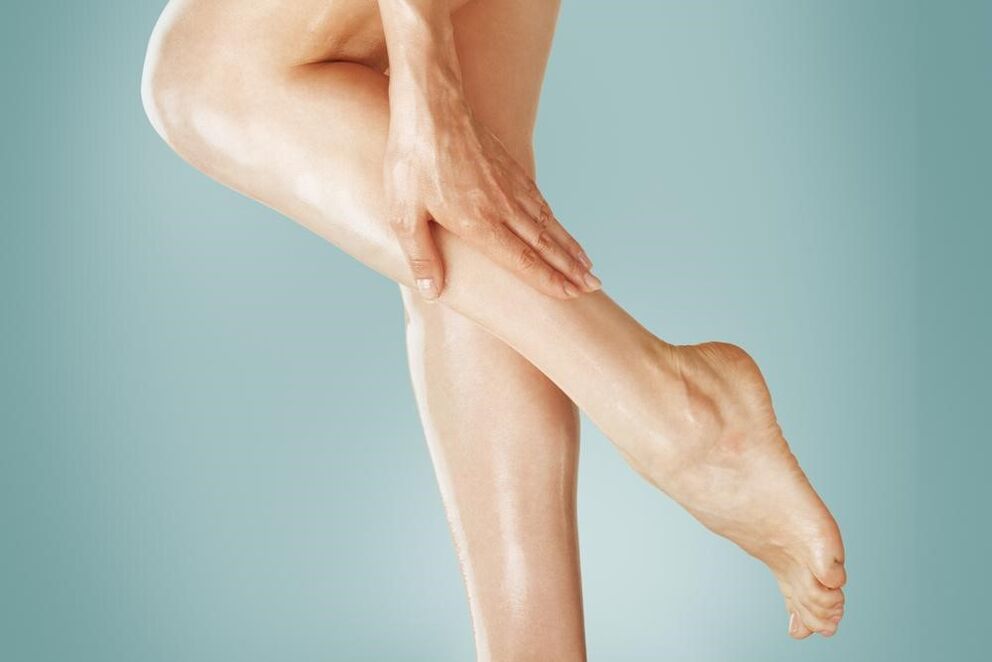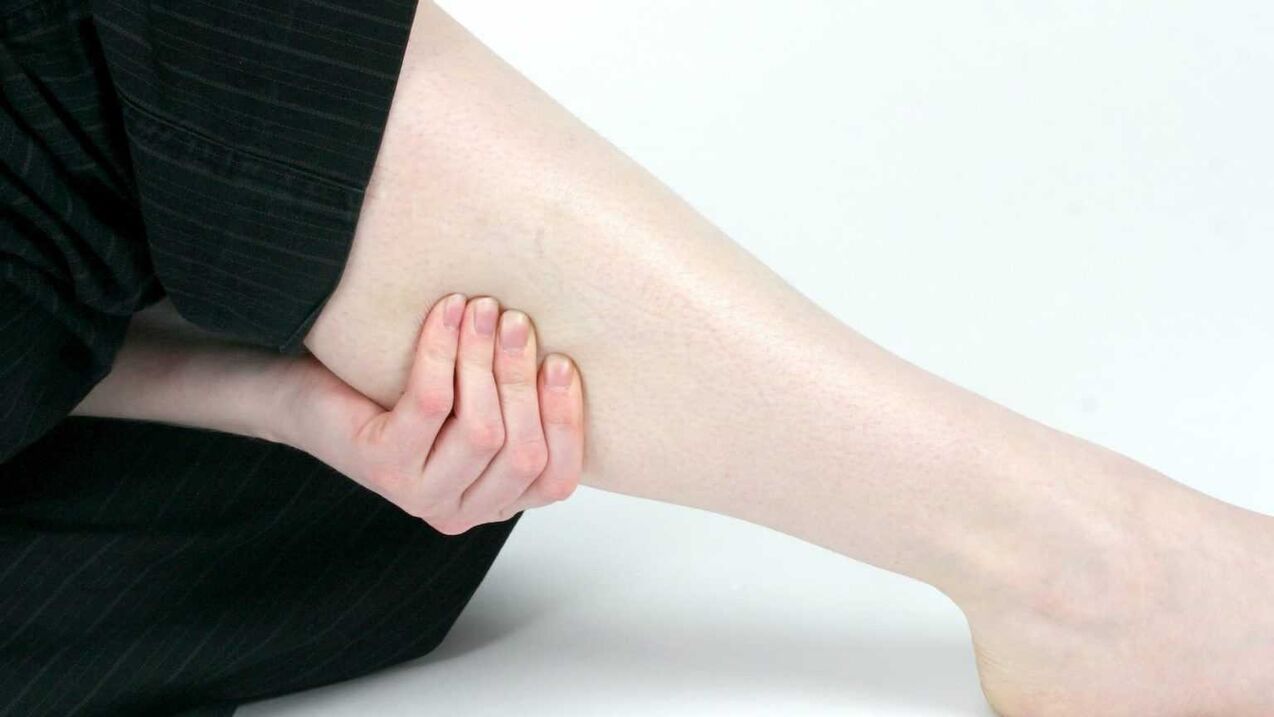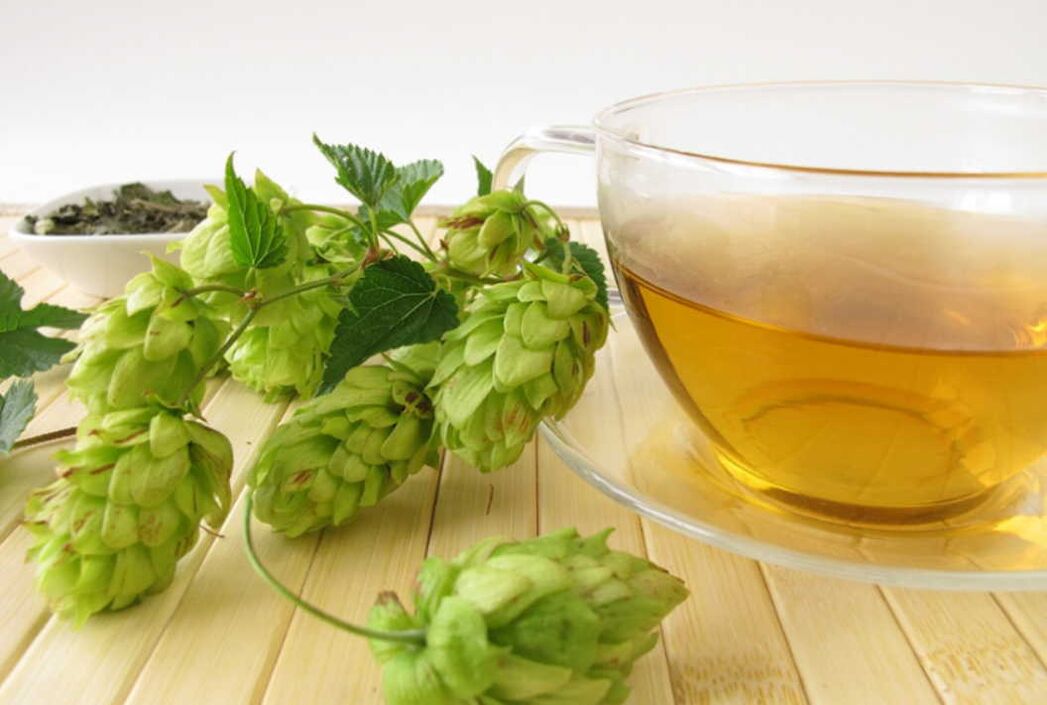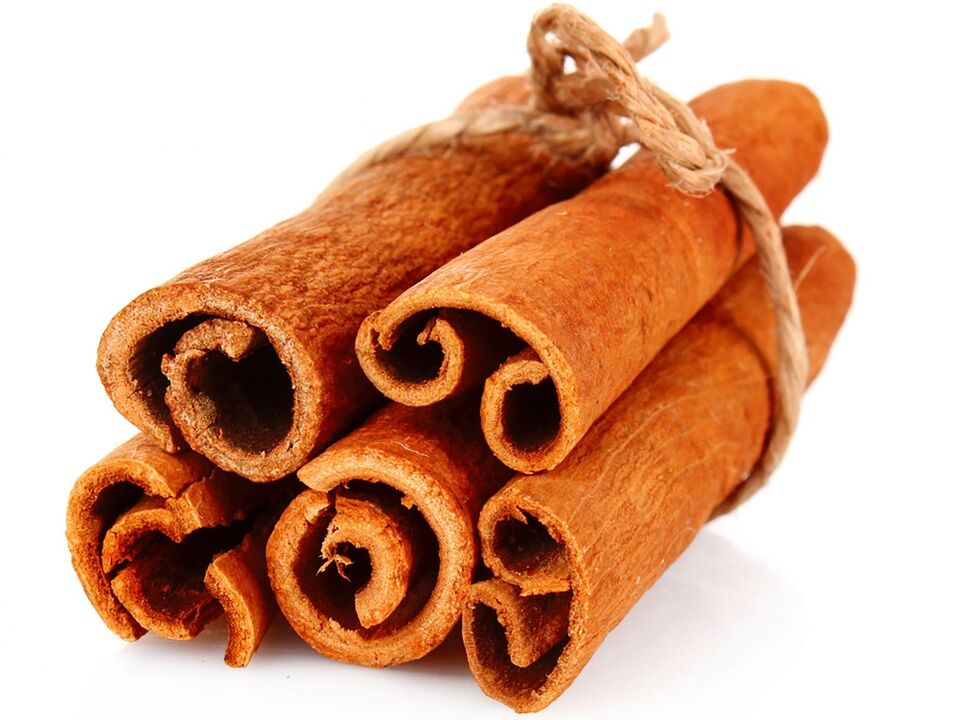
Varicose veins are one of the most common pathologies in which the lumen of the veins expand in diameter and the walls become thinner, resulting in the appearance of "knots", aneurysmal localized dilations.
This disease occurs when the valves of the veins do not perform their function or are not present at all. When the valves stop working, blood begins to flow through the veins in the opposite direction, gradually accumulating in the lower extremities. As a result of these pathological processes, the veins change their normal shape and then various complications start to appear.
Varicose veins are a fairly common condition. According to statistics, 1/3 of the world's population owns it. Therefore, if a patient is diagnosed with varicose veins in the legs, this problem does not arise. Half of the patients in the first stage didn't even know they had a problem.
Varicose veins in the legs are 3 times more common in men than in women. Also, older women get sick more often. Only 8% of women under the age of 25 have varicose veins, while 65% of patients over the age of 55 are diagnosed with the condition.
Symptoms and signs of pathology
Symptoms of the disease can vary widely depending on its stage. Therefore, in the initial stage, it may be asymptomatic. Dilated veins are sometimes visible to the naked eye, but there are no symptoms. For varicose veins, some patients are always prominent, and some of them only become apparent after heavy physical activity. Many people notice signs of varicose veins after standing on their feet all day in hot weather.
notes! If you notice that your veins are thickened and nodularly dilated, if they swell when you stand and narrow when you lie down in a horizontal position, you most likely have varicose veins in your legs.
Symptoms of varicose veins include swelling of the legs, which can occur when a person is sitting, standing, or doing physical activity. In this case, the swelling usually goes away once the patient takes a prone position.

Another sign of the disease is the area of skin pigmentation on the inner side of the lower leg. The skin in this area has a painful sheen and the hair in this area is almost always shed.
Characteristic symptoms also include chronic fatigue, heaviness, and burning in the legs. Some people experience pain from varicose veins and spasms. In this case, the patient wears stockings to treat varicose veins.
cause of disease
Often, varicose veins occur in people who are forced to stand for long periods of time because of their occupation, such as teachers, hairdressers, cooks. It's important to understand that varicose veins aren't just an aesthetic flaw, it disrupts many fair sex practices.
Varicose veins are a long-term pathology. And this happened under the influence of various unfavorable factors.
Among the main causes of the disease, doctors distinguish:
- being overweight;
- Violation of the digestive tract, frequent constipation;
- flatfoot;
- A sedentary lifestyle leads to a decrease in the tone of muscle fibers;
- a lot of physical activity;
- weightlifting;
- Persistent tension in the leg muscles.

At the same time, doctors who treat varicose veins believe that excess body weight is the main reason for the development of the pathology. It creates a strong load on the legs, which can lead to poor blood circulation.
Inflammatory diseases of the female reproductive organs, endocrine disorders, chronic stress, toxin toxicity, and genetic factors may also contribute to varicose veins.
Unfortunately, in 70% of cases, congenital venous valve disease is passed from parent to child. If one of the parents has varicose veins, the child may become ill at an early age.
notes! The presence of a predisposition to varicose veins does not mean that a person will develop the disease 100% of the time. Pathology can only occur in the presence of concomitant adverse factors.
varicose veins in pregnant women
Many pregnant women face problems like varicose veins. They felt constant fatigue, and their legs were swollen and injured. According to statistics, 20-40% of patients have circulatory disorders during childbirth.
20-30% of women have their first pathological symptoms during their first pregnancy and 40-60% during their second pregnancy. After 3 children, the risk of developing pathology increases by 80%. At the same time, women with a predisposition to the disease experience varicose veins most often. This is aggravated by the fact that pregnant women should not take varicose vein tablets. In this case, doctors can only recommend proper nutrition and pantyhose for varicose veins.
Treating varicose veins at home
Faced with this disease, patients understand that treatment can be lengthy, and the first question they are interested in is: "Vascular veins in the legs: how can I treat myself? ".

First of all, you should answer the question, is this serious disease treatable on its own? After all, this is a serious pathology and it is advisable to consult a doctor at the first signs. Only a doctor can correctly determine the stage of the disease and prescribe the most effective treatment to help you choose socks for varicose veins.
In some cases, however, doctors themselves even recommend treating the disease at home. These activities should include therapeutic exercises, the use of various ointments and tinctures. Additionally, the use of compression garments for varicose veins is highly recommended.
To relieve unpleasant symptoms of the disease, you can rub the affected area with ice cubes or take a cold bath with ice cubes for 5-10 minutes every day. Afterwards, it is recommended to lie down for 10 minutes with the legs elevated above the body. Massage is very beneficial for varicose veins. It improves venous circulation.
Also, you can use the following recipes.
Hop Soup
To prepare the medicine, pour 1 tablespoon. l. Add a cup of boiling water to the egg cone and let it brew in a warm place for 20 minutes. This varicose vein medication should be taken every morning 30 minutes before meals.

A mixture of garlic and honey
To prepare the mixture, crush 250 grams of garlic and 400 grams of honey and soak for 2 weeks. This mixture should be taken 1 tablespoon 2 times a day 30 minutes before meals. l.
Cabbage for venous disease
To treat varicose veins, rub cabbage leaves with honey and apply it to the painful area, wrap everything in plastic wrap, and let it sit for 2-3 hours. This procedure should be done regularly 1-2 times a week.
notes! All patients with varicose veins should be under the supervision of a phlebologist. Folk remedies for varicose veins can help prevent the disease or relieve its symptoms. In advanced cases, varicose veins in the legs are treated with medication.
Treating varicose veins with medication
Medication is an important part of treating varicose veins, especially severe ones. The correct choice of drugs can significantly reduce the risk of complications such as pulmonary thromboembolism, varicose eczema, and thrombophlebitis in patients.
Usually they work by thinning the blood, improving circulation, and eliminating swelling and pain.
In addition, medication can help with the following issues:
- Improve venous tone;
- Improve lymphatic outflow;
- Improve blood circulation;
- Eliminate inflammatory processes.
Medications not only relieve the patient's uncomfortable symptoms, but their regular use can completely cure the disease.
notes! Medication for varicose veins can only be prescribed by a doctor after a thorough examination!
Prevent varicose veins in the legs
As for disease prevention, it is recommended to avoid weight-bearing on the legs, and try to change postures as much as possible when sitting. In addition, you need to do some light exercise, such as tiptoe walking, climbing stairs, jogging 2-3 kilometers a day, cycling. It is not recommended for women to often wear high heels, tight jeans and tight pants over 4-6 cm, which will damage the blood circulation of the leg veins.
notes! The best way to prevent this pathology is to be mindful of your body. When the first symptoms appear, you should consult a doctor as soon as possible and start treatment.
Only a phlebologist can adequately assess the condition of your veins and determine the stage of varicose veins. Pay attention to the disease in its early stages, and your doctor will prescribe varicose vein treatments that do not require surgery.
Varicose veins diet
How to get rid of varicose veins with diet? Phlebologists say that by consuming certain foods, a person can both improve and aggravate their condition.
For varicose veins, doctors recommend eating as many blood-thinning foods as possible. These include currants, garlic, onions, olive oil, cherries. If you have the opportunity, eat these foods every day. In cooking, spices such as cinnamon and ginger are recommended.

However, proper nutrition for varicose veins does not guarantee that you will be completely free from the disease. In addition to proper nutrition, you will also need light physical activity for varicose veins. They will help you lose weight. After all, varicose veins usually occur in people who are overweight. Diet should be chosen with the attending physician. Ideally, if it helps strengthen the walls of blood vessels, thin the blood and lose weight.
Varicose Vein Exercise
No matter how modern and good the drugs are, they can never normalize lower extremity pressure. In this case, only varicose vein exercises can help.
notes! Experts recommend placing your feet on a pillow and lying down for 5-10 minutes before doing a varicose vein exercise. This is done to normalize blood circulation.
- bike. Lie on the floor with your back and lower back pressed firmly to the floor and start pedaling in the air. Choose your own speed of exercise, but excessive force is not recommended.
- vertical scissors. Lie on the floor and stretch your arms along your body. Cross your legs while exercising. Try not to make your breathing difficult at this point. You can choose the pace of your workout yourself.
- exercise calves with varicose veins. Rotate your feet in different directions, bending and straightening them. You can turn them clockwise, then counterclockwise, then up and down. This exercise can be done for each leg individually or simultaneously. The advantage of this exercise is that it can be done under a desk during working hours, before taking off your shoes.
- half press. Lie on the floor with your hands behind your head and bend your knees. Elevate your torso as high as you can on the inhale, and take the starting position on the exhale. This exercise should be repeated 5-10 times, depending on the level of fatigue.
- onion. Lie on your stomach with your arms extended along your torso. Try lifting your chest and legs at the same time. Practice 10-15 times.
After completing these exercises, a contrast shower is recommended.
notes! Exercise for varicose veins will only benefit if done regularly, in combination with traditional medicine recipes and medications.
Varicose veins are a serious condition that requires complex and long-term treatment. Therefore, prevention is worse than cure.

















